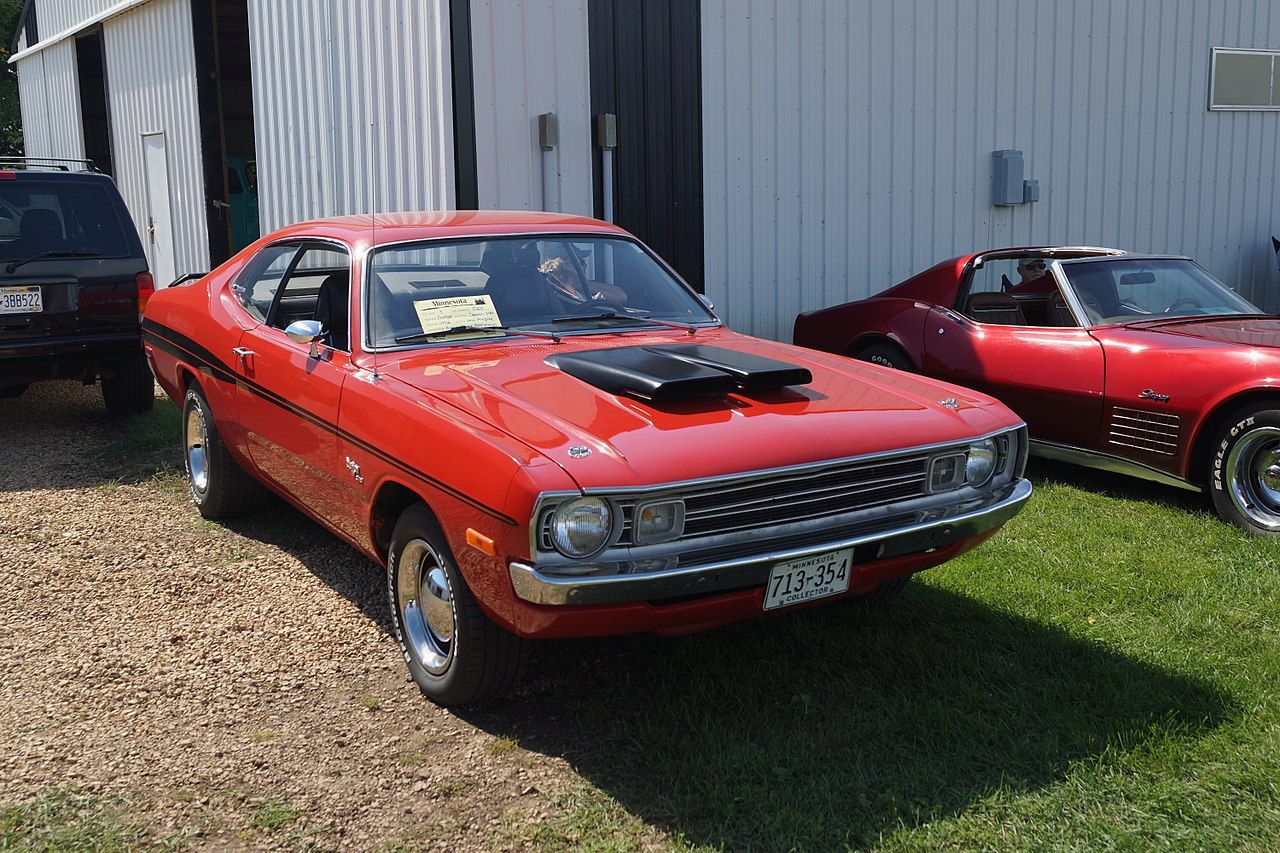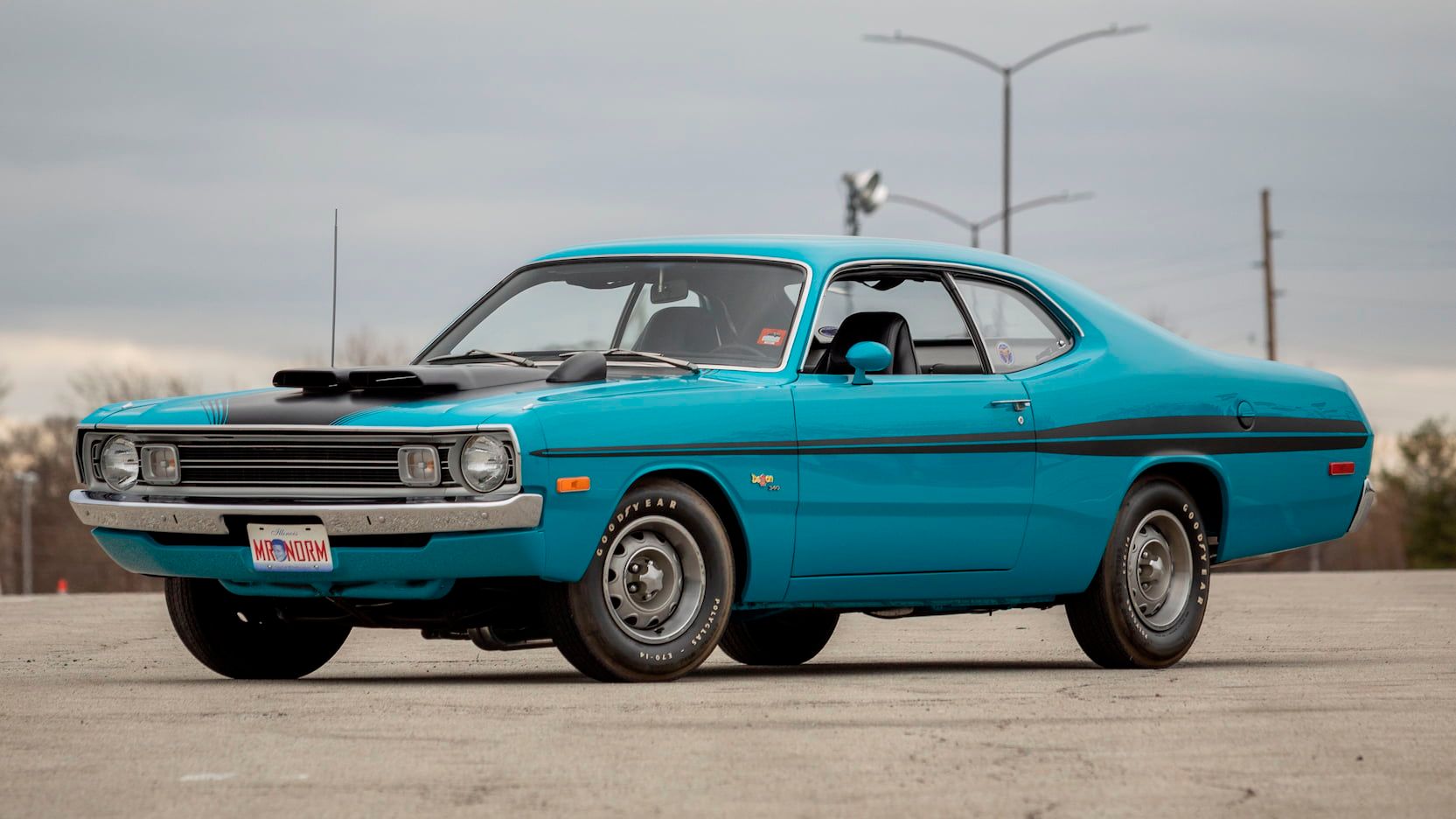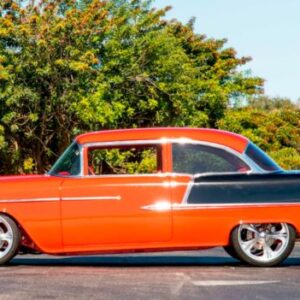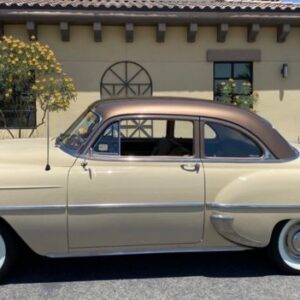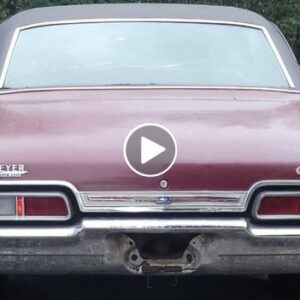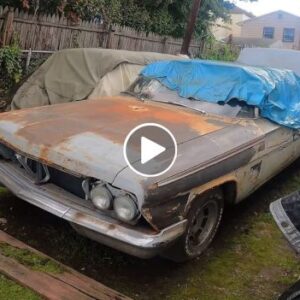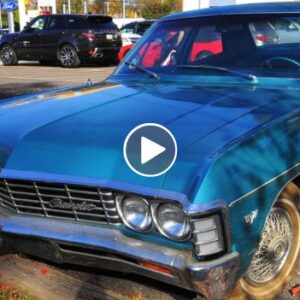
Dodge was not the only car builder that switched the way they were designing cars to match the trending shift towards smaller, more economical vehicles. Some of the main rivals for the Dodge Dart Demon 340 were the Chevy Nova SS which accelerated from 0 to 60 in 7.1 seconds. The AMC Hornet could reach 60 in 8 seconds, and the Mercury Comet could sprint to 60 in 8.6 seconds. The 1972 Dodge Demon 340 could push from 0 to 60 in 6.7 seconds, showing that it was superior to all its close rivals in the compact car industry. To be clear, quarter mile times for the Demon were 14.9 seconds, the Comet was 19.4 seconds, the Hornet was 16.8 seconds, and the closest rival, the Nova SS, could achieve times such as 15.5 seconds.
